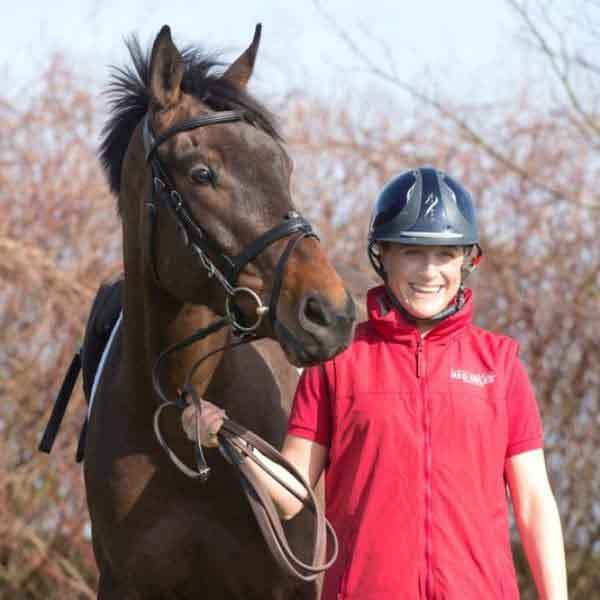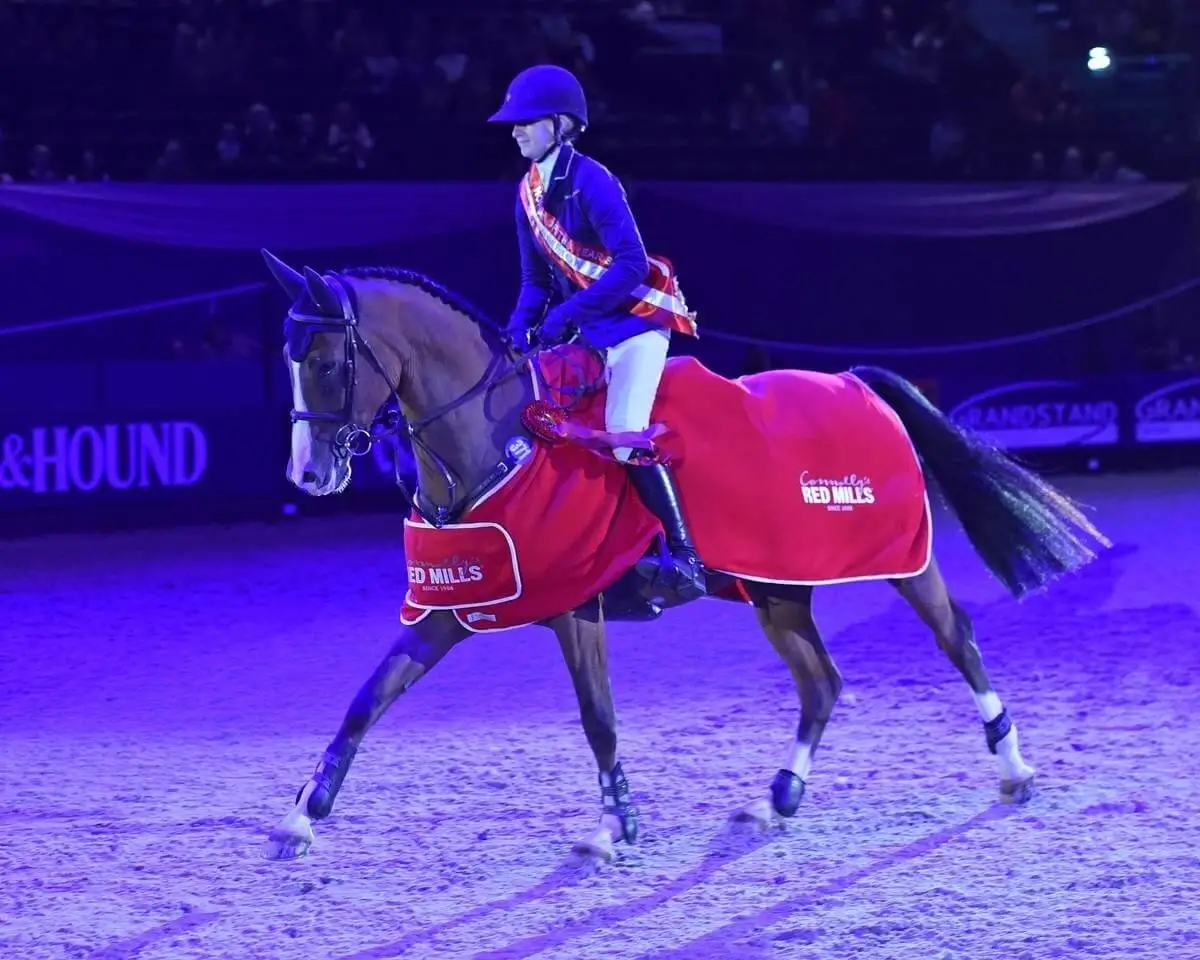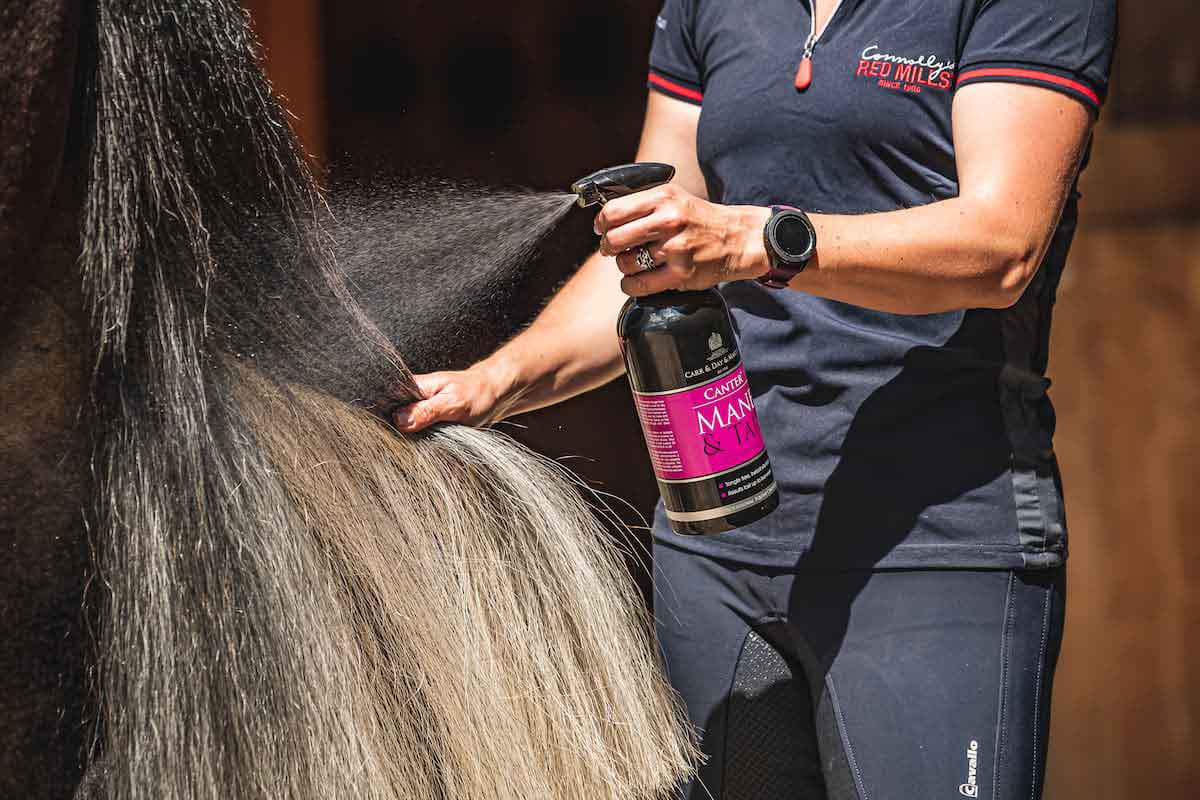This week, Aodhagán Conlon looks at the specifics of best practice from Olympic National Performance Directors and draws parallels between successful directors and trainers, what the similarities are, and what might work in the equine industry.
It has been interesting watching glimpses of how different trainers operate during lockdown. Jamie Osborne (@osbornejamie) seems to be in his element, garnering a strong online audience, and credit is given to him and his staff for their entertaining contributions. This may not be how every trainer acts, and indeed, as there are many types of people, there are many types of trainers. It is of considerable interest how different trainers do well in different areas:
- Why do some trainers have great records of producing jockeys?
- Why are some trainers particularly good with fillies?
- Why do some trainers have a low staff turnover?
Some of these answers may be self-evident, some may be down to what success means to the individual, but overall, is there anything in particular that trainers are doing which facilitates success? Firstly, simply calling someone a ‘trainer’ sells the role considerably short. Between being responsible for horses, staff, owners, jockeys, regulators and all manner of suppliers, there is an awful lot to contend with. Due to the diverse range of hats a trainer must wear, perhaps a more accurate title might be that of a ‘Performance Director’ which exists in major sporting organisations such as Team GB.
National performance directors in Olympic sports, similarly, have to deal with many demands ranging from coaches, athletes, support staff, funding, and regulatory bodies. The following concepts are from a paper which interviewed 13 Olympic National Performance Directors (NPDs), responsible for 24 of Team GB’s medals at Beijing 2008 (Fletcher & Arnold, 2011). The NPDs spoke about what they feel is best practice for both performance leadership (the ability to influence) and performance management (the ability to organise).
The results of the interviews identified four main areas:
- Vision
- Operations
- People
- Culture
Vision
Firstly, ‘Vision’ was defined as the team’s ultimate aspiration. A successful vision was appropriately focused (Champion trainer?10 winners?), had shared ownership (discussed with and involved owners and staff?), and evolved over time (goal posts constantly change in sport, especially considering the fragility of horses).
The most interesting aspect of this for me would be the idea of shared ownership of a vision. Trainers are extremely ambitious people, but how often are these ambitions shared with staff as a way of providing direction for everyone’s efforts? One NPD reported: ‘I think, ultimately targets and goals need to be owned by everyone who is working towards that vision … that way, people will buy into what you are trying to do’. The authors advise that leaders encourage all individuals to invest in the vision (e.g., ‘Each canter for each horse matters’), enhancing team unity and the chances of making the vision a reality.
Operations
Secondly, ‘Operations’ was defined as the management of logistics that enable performance. This is the theme that might resonate most with trainers or those in similar positions. There is a tremendous amount to organise from finances (financial management, innovative investment, and prioritising funding), through to strategic planning for training and competition (e.g., horses’ workloads, fixture lists). For this to run smoothly, NPDs felt success lay with collaborative involvement. This is not only the classic delegation of duties, but also listening to frontline feedback, allowing staff to become part of the decision-making process.
I have had first-hand experiences of collaborative involvement whilst witnessing trainers putting the board together with staff in the morning, with input from four or five people on the day’s imminent activities. This also moves into evaluating reporting of how canters may have gone (e.g., OK Joe? Good man Joe), as well as feedback from staff during evening rounds.
Athlete selection for competition also came under the ‘Operations’ umbrella. The easy parallel to make here is jockey selection, which, over course, can be anything but easy. The NPDs speak about maintaining objectivity throughout the process of selecting an athlete, getting support staff involved in selection, and even seeking external advice.
People
Next, the term ‘People’ was defined as the leadership of individuals that contribute to the team’s functioning. Investing in staff in different areas included recruiting, supporting, and providing pathways for development. Communication was highlighted as multi-implementational (e.g., meetings, emails, Whats App groups), but the main emphasis for NPDs was for face to face conversations. The NPDs also discussed the idea of an ‘optimal frequency of exchange’, which promoted a consistent feedback system between all parties (director, management, staff, athletes).
Feedback both to and from people was critical to the NPDs. These took the shape of athlete reviews (my memory brings me back to Mick Kinane’s autobiography where he describes Dermot Weld bringing him in on a Sunday evening to review his rides during the week), formal/informal staff evaluations and commendations (employee of the month), and finally, external assessments.
Culture
Finally came ‘Culture’, defined as the shared beliefs and expectations within the team. The first level, establishing role awareness, included individuals knowing exactly what was expected of them, and who they reported to, was key in enhancing accountability and an honest environment. The second level involved creating a sense of identity (e.g., wearing branded clothing, #team…), and increasing the quality and quantity of contact time between management and staff, not only during work but outside of business hours (e.g., sports, nights out, quizzes). The NPDs encapsulated the idea of culture as sharing understanding of what they want to achieve and developing the capacity of people and the organisation to help them achieve it:
“The way individuals are led and managed will become an increasingly important factor in determining the organisations’ success in Olympic competition”
If you are interested in reading the full article:
Fletcher, D. & Arnold, R. (2011). ‘A qualitative study of performance leadership and management in elite sport’. Journal of applied sport psychology, 23(2), pp.223-242.
Aodhagán Conlon is a former professional jockey who is currently training to become a chartered sports psychologist, was well as studying for a PhD at the University of Bath.
Follow him on Twitter @aodhaganconlon or Instagram @thebreathpsych.









